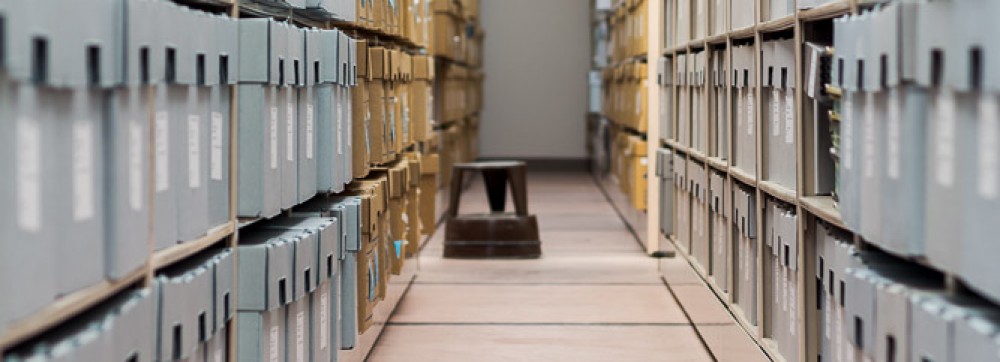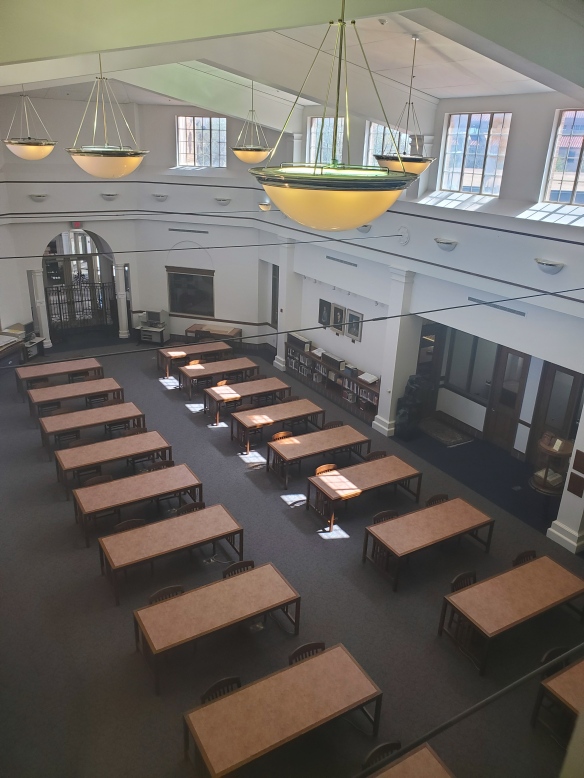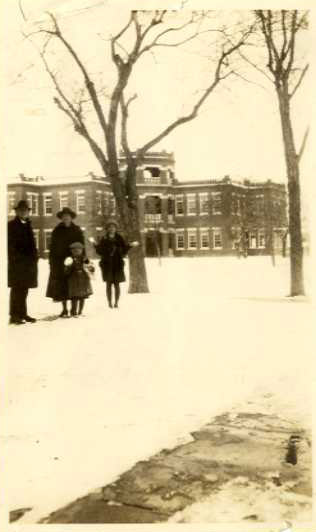The past two weeks of the Lubbock Avalanche Journal’s Sunday series “Caprock Chronicles” have featured articles that outline the history of the 1918 influenza pandemic on the South Plains. Part one, written by Chuck Lanehart, provides an overview of the flu as seen in AJ articles. Yesterday’s article, written by this author (Elissa Stroman, AV department Unit Manager), highlighted some of the Southwest Collection’s oral histories that discuss the flu.
Little research has been done diving into the impacts of the flu on the South Plains, and so this blog is meant as a guide for SWC holdings that have been found thus far. If you know of other resources in our collections, or if you find this interesting and would like to add onto this, please let us know.
Newspapers
Our dspace has newspapers dating back to 1918 (and earlier). A careful search of issues from that time period uncover many stories of daily life in times of global pandemic. In addition to general reports about the flu across the world, these papers also have death notices, business/church/school closures, as well as advertisements purporting miracle cures.
It should be noted that for the city of Lubbock specifically, the University of North Texas’ Portal to Texas History has 18 issues of the Lubbock Avalanche Journal from 1918. Direct link to those issues here.

On October 25, 1918 the Colorado Record (of Mitchell County) discusses lifting their quarantine. http://hdl.handle.net/20.500.12255/188426

This small notice from the Texaco-Farwell State Line Tribune News, December 20, 1918 seems to suggest that news of the virus was often delayed in some areas of the South Plains. http://hdl.handle.net/20.500.12255/142075
Oral Histories
Many of the Southwest Collection’s earliest interviews include mention of the 1918 Spanish flu—it was a common question asked of early 20th century settlers to this region (in addition to questions about childhood traditions and home life, transportation, World War I, the Great Depression, Dust Bowl conditions, etc.) The flu became a milestone event much like subsequent generations who discuss their experiences of World War II, Vietnam, the moon landing, or 9/11. While I have found no interviews focused solely on just their flu experiences, some interviews discuss healthcare in greater detail. Particularly notable interviews are as follows. (Please note: these interviews have not been transcribed and are only available to listen to in our Reading Room.)
- Mrs. W.W. Anthony and Annie Bailey were nurses during the pandemic.
- Fern Cone and Dr. H.E. Cone, whose father was Lubbock mayor in 1918.
- Mose Hood was a railroad worker in Amarillo who got very sick with the virus.
- W. Hamilton Wright also worked on the railroad and saw the virus first arrive in Abilene.
- Mrs. C.G. Bloom lived in Thurber at the time. Her husband was a doctor, and her entire family was ill (including her 6 month old infant). Similarly Thelma Sechrist Caudle gives insights into taking care of sick relatives at home.
- Blanche Bean Wilson and Robert Bean separately tell their family’s 1918 experiences.
- Edith Courtney Sanders, Floydada resident, tells of the particularly rough Christmas Day 1918.
- A few interviews feature interviewees whose fathers were doctors and detail differing treatments: Mrs. George B Long and Harry Kelley.
- Finally, an interview of Kurt and Margaret Keidel from Fredericksburg tells of an eerily similar 1918 scene to what was seen during the black plague and more recently in Italy: church bells had to stop tolling for the dead because it was panicking the community.
Healthcare on the South Plains
For researchers interested in medicine especially in Lubbock, a 1979 thesis by William Rush Dunnagan gives early history (including the suggestion that only five individuals died of the 1918 flu in Lubbock). The “Establishment and Growth of Lubbock, Texas as the Medical Center of the South Plains” can be found on the Texas Tech libraries’ digital repository for TTU thesis and dissertations.
Finally, thus far, one photo has been found that shows the first ambulance and first class of nurses in front of the new Lubbock hospital in 1918. It is found on our dspace in three iterations. Link in caption. If you know of any other images from this time period, or images relating to this region’s response to the 1918 influenza pandemic, please contact us!

Link one: http://hdl.handle.net/10605/17024 . Link two: http://hdl.handle.net/10605/18365 . Link three: http://hdl.handle.net/10605/19209




 Hermine was born on January 13, 1921, in San Antonio, Texas, and after her primary education attended Incarnate Word College in San Antonio, and the University of San Antonio (now Trinity University.) She went on to obtain her law degree from the University of Texas School of Law. Soon after graduation, despite repeated instances of facing blatant discrimination, she opened a private law practice in San Antonio.
Hermine was born on January 13, 1921, in San Antonio, Texas, and after her primary education attended Incarnate Word College in San Antonio, and the University of San Antonio (now Trinity University.) She went on to obtain her law degree from the University of Texas School of Law. Soon after graduation, despite repeated instances of facing blatant discrimination, she opened a private law practice in San Antonio.













































